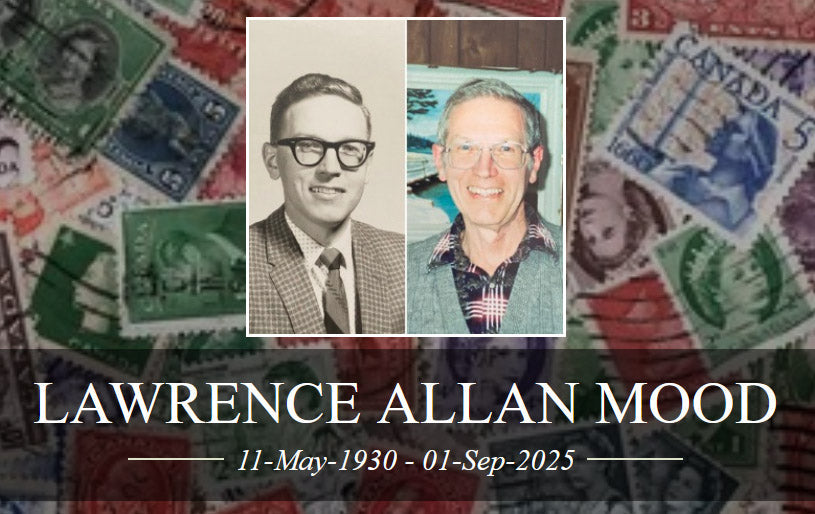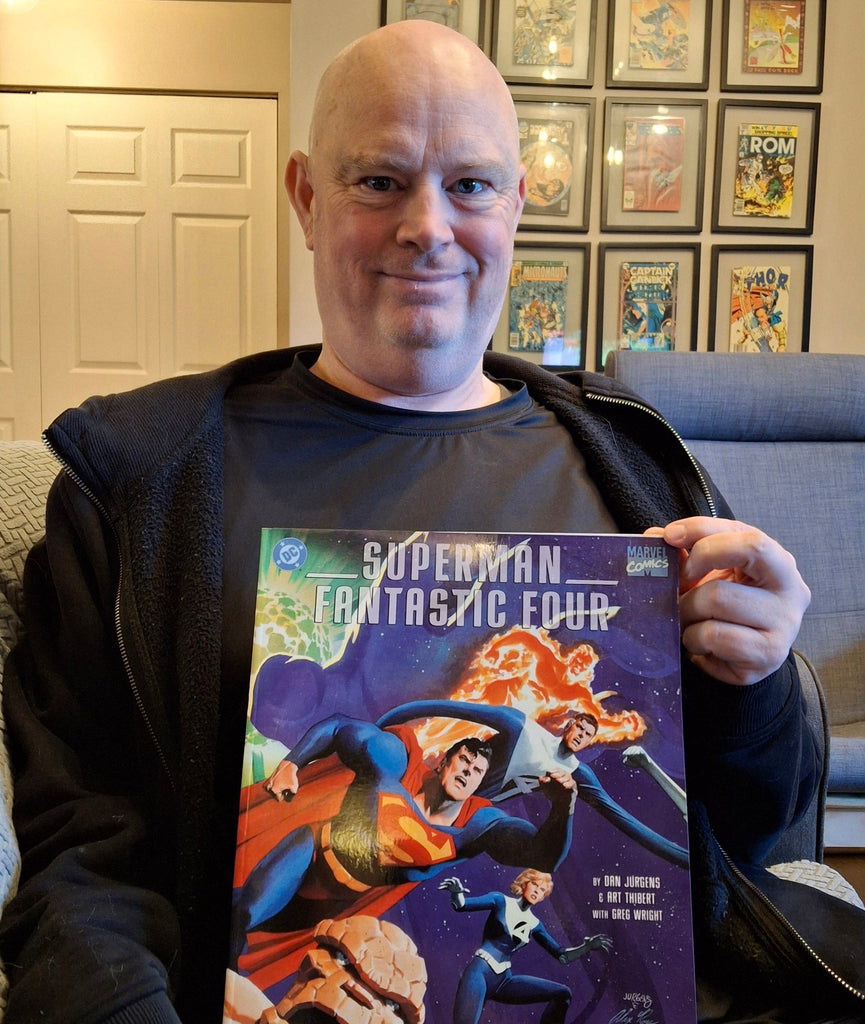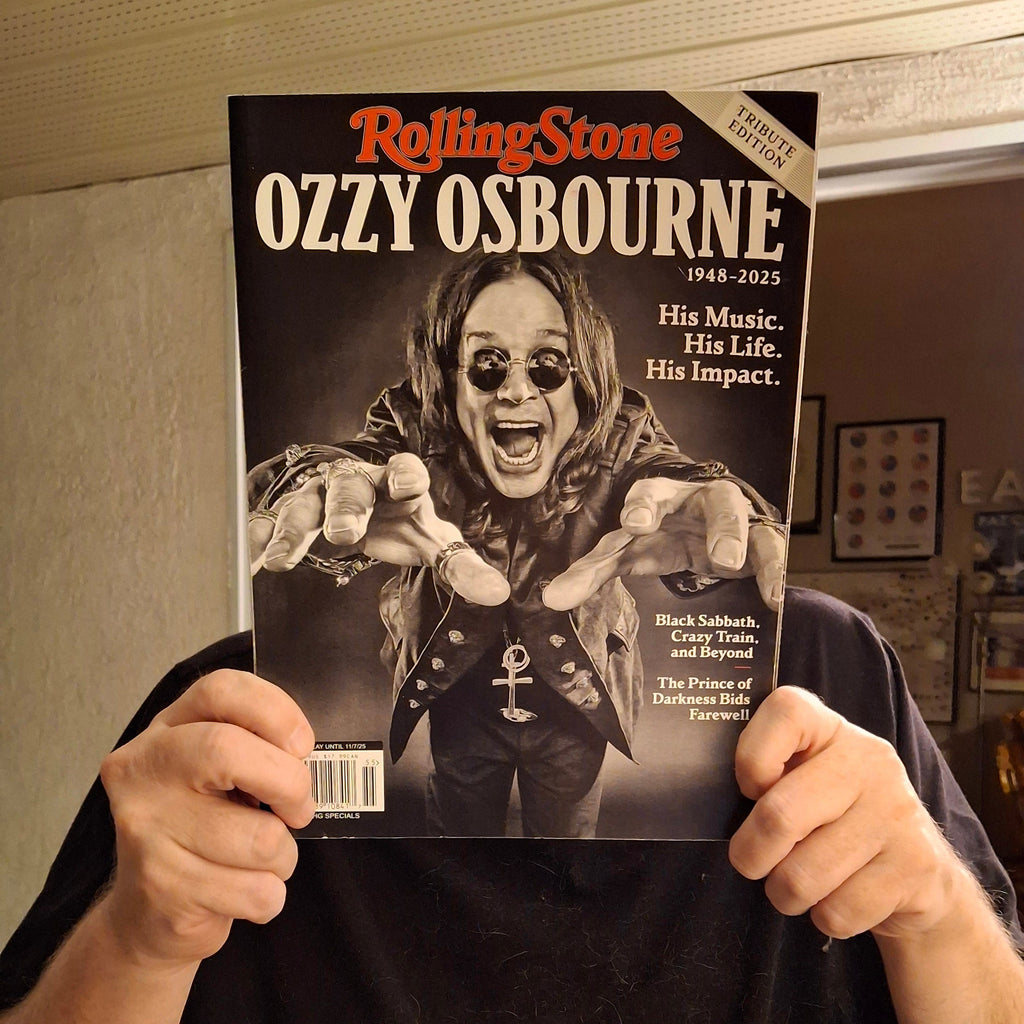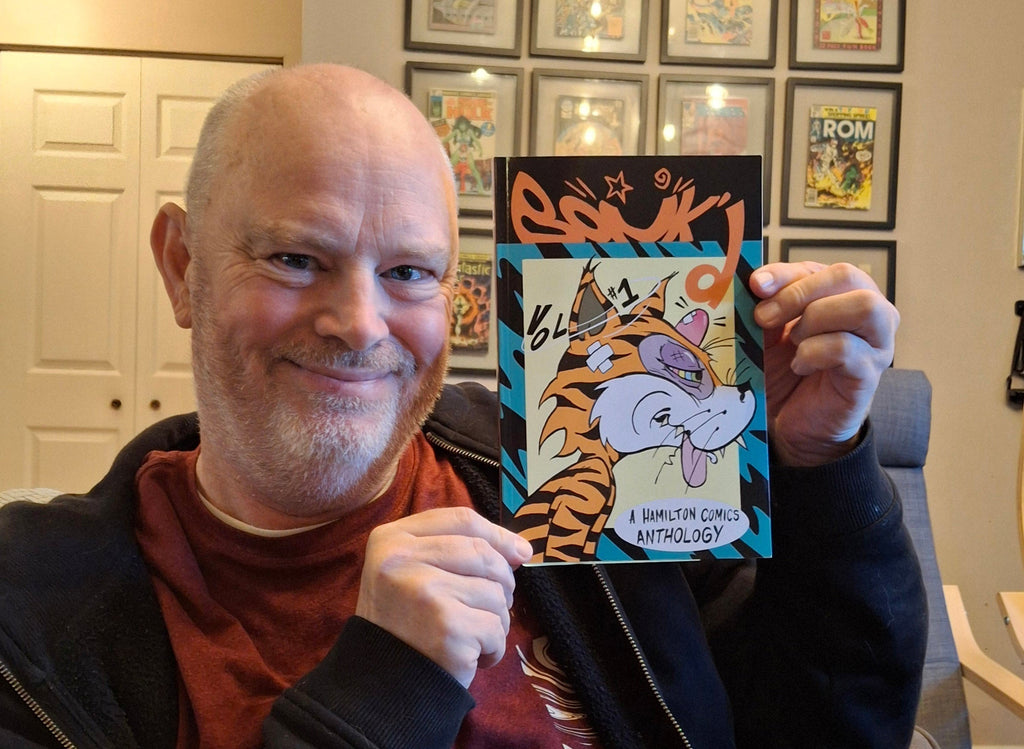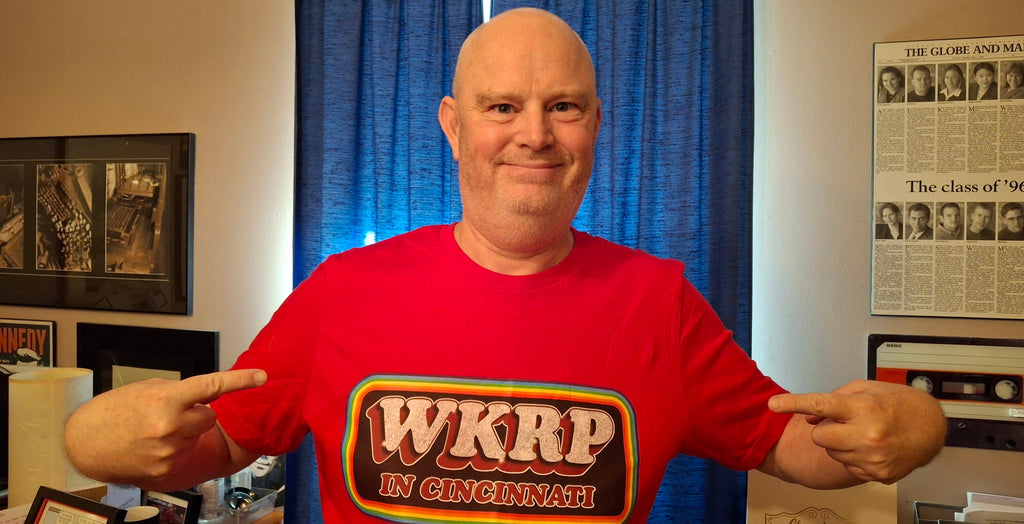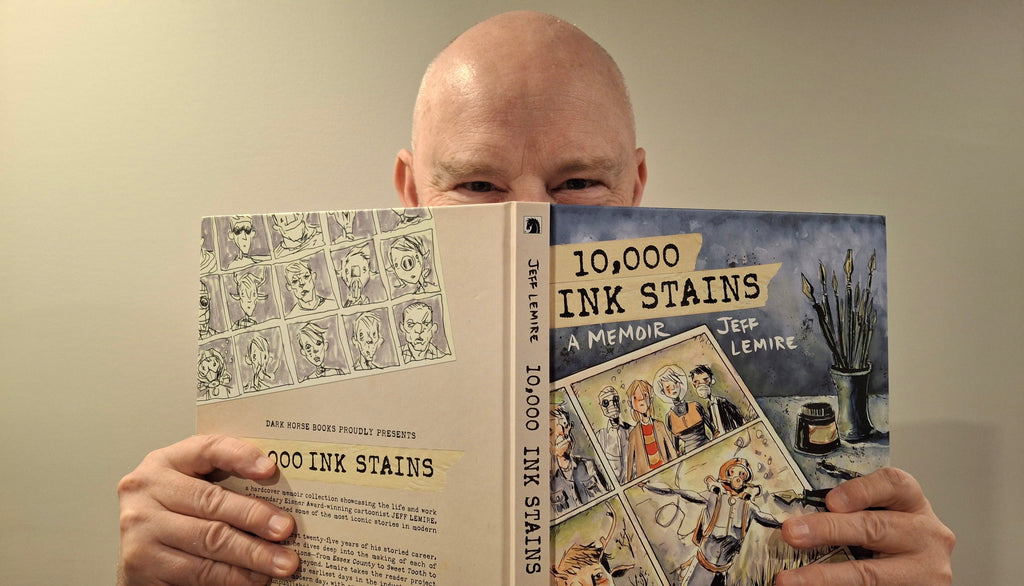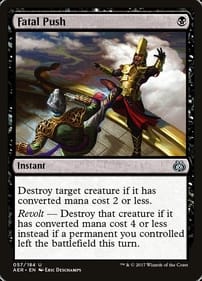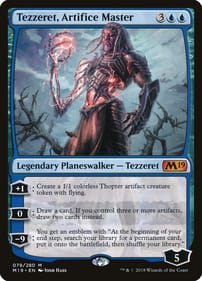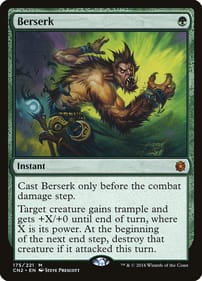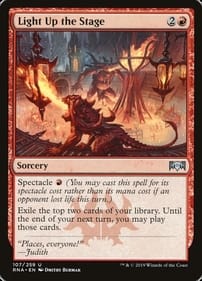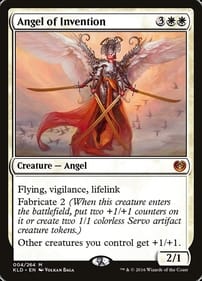Lawrence Allan Mood Obituary
May 11, 1930 to September 1, 2025 With heavy hearts we announce the death of our father, grandfather and great grandfather, Lawrence Allan Mood. Lawrence was born in Goderich, but grew up mainly in London. After attending Sir Adam Beck Collegiate he was a salesman for the family business Bill Mood and Sons, a wholesale hardware company. He met his beautiful wife of 72 years Lois (predeceased) at a London YMCA dance. They had 3 children Anne, Thomas, and Gordon, living in Toronto, Dunnville, and London. While raising two children, Laurie decided to pursue a degree at UWO part time and Teacher’s College. After graduating he left the hardware business to become a high school teacher in Dunville, Wheable, Beck, and finally Clarke Road in London until he retired in 1990. Over the years he taught English, History, and Business, becoming a department head overseeing Co-op studies. When Lawrence retired from teaching, he decided to expand his hobby business of selling stamps to collectors and open a store front with his youngest son, Gordon, selling stamps and comic books under the name L.A. Mood. Eventually, he retired from the stamp portion of the business, to spend more time travelling with Lois to Great Britain and Europe researching their family trees. Gordon and Carol officially changed the name to L.A. Mood Comics & Games, but Laurie and Lois still enjoyed working at the store once a week, chatting with customers up until Covid. He was a member of the Canadian Stamp Dealers’ Association, London Middlesex Stamp Club, and the London Middlesex Historical Society. Lawrence is survived by his daughter Anne Badyk (Tony) of Calgary, son Gordon Mood (Carol Vandenberg), and Tom Mood of London. He is also survived by his grandson Neil Badyk (David Sanderson) granddaughter Dana Ambach (Drew), and two great-grandchildren Etta and Wesley Ambach. There will be a private internment, followed by a Celebration of Life at Forest Lawn Funeral Home, 1997 Dundas Street East, London, ON, on Friday, September 19, 2025 from 1:30-3 pm.
Will New Crossovers Keep It Fresh?
By Dan Brown Incoming! A new batch of DC/Marvel collaborations begins landing in comic stores this month. As old comic fans like me well know, crossovers are an age-old marketing tradition. The question is: Can the combined talent of comicdom’s two industry leaders make them feel fresh and exciting in 2025? The collabs, one published by each company, were announced in February. L.A. Mood’s Matt Finch alerted me they were in the pipeline because he knew I would remember the ones from the 1970s and onward. Those stories take place out of regular continuity. That allows the legal wall between DC and Marvel to be torn down, the result being Superman can team up with Spider-Man, the New Teen Titans with the X-Men, Batman with the Hulk, and so on. Crossovers were once rare, momentous events. When I cast my mind back to the 1970s, I still remember being stunned at the sight of the Man of Steel and Spidey squaring off on the cover of the same comic. Although I was just a dumb kid, I understood this was something special that didn’t happen every month. That’s probably why I grabbed every crossover – typically printed in a larger format – that came my way. Since these special issues sold so well, they quickly evolved into a cottage industry within the larger comics business, and as more independent publishers popped up, those new players tried to grab a piece of the action. Batman has co-starred with Judge Dredd. Archie met the Predator once. The Teenage Mutant Ninja Turtles have taken on Flaming Carrot. Flash-forward to this year, and Godzilla seems to be omnipresent in comics, breathing fire and stomping skyscrapers in every publisher’s imaginative universe. Crossovers represent an extension of the idea of continuity: If every Marvel superhero exists in the same metaverse together, why can’t they exist alongside DC’s stable of stars as well, at least temporarily? The first of the new books will see Deadpool face off against the Dark Knight, with backup stories combining Daredevil and Wonder Woman, and Krypto and Jeff the Land Shark, in the same volume. Along those lines, this summer I found an old Wizard magazine from 1994 in a second-hand bookstore. Among the then-current industry news was a brief touting an upcoming Batman/Punisher outing. That’s how ubiquitous they became. It was from those earlier crossovers that I was first introduced to such characters as the Jack Kirby-created baddie Darkseid. (Lord knows I love Walter Simonson’s art, but how did George Perez not get the assignment when the Titans met the X-Men in 1982?) So that particular volume was instrumental in introducing each company’s fans to the other’s lineup of characters. Crossovers became a way of cross-pollinating different fandoms. Those who loved both of this summer’s big-screen superhero outings – Superman and The Fantastic Four: First Steps – may be surprised to learn that Supes was, like the Silver Surfer, once a herald of Marvel planet-eater Galactus. Yep, it happened in 1999’s Superman/Fantastic Four: The Infinite Destruction, one of the best dual efforts from back in the day. Speaking of the movies, if it’s really true that audiences are finally tiring of superhero stories, how long will it be before one of the big brains in Hollywood suggests using the same strategy on the silver screen that has worked in comics? Isn’t that the logical next step – putting unlikely heroes beside each other to sell movie tickets? I’m betting it’s only a matter of time. If the Alien and the Predator can slug it out, why not put DC heroes and Marvel’s finest beside one another in a motion picture? Indeed, how long until a single mega-company – think Disney – assembles all the characters it owns from different media in the same movie adventure? Admit it: You love the idea of Luke Skywalker partnering with Tony Stark to fight the combined villainy of Darth Vader and Doctor Doom! Dan Brown has covered pop culture for more than 33 years as a journalist and also moderates L.A. Mood’s monthly graphic-novel group.
Ozzy Had the X Factor
By Dan Brown A final word about Ozzy Osbourne as summer slowly gives way to fall. Osbourne – as you likely know – died this July, just days after performing at Black Sabbath’s farewell concert in his hometown of Birmingham, UK. But here’s the thing: If all Ozzy had ever been was the lead singer of Black Sabbath, his passing wouldn’t have sparked such a stir in the media. He didn’t just play a part in originating heavy metal. He didn’t just wail on songs like War Pigs and Paranoid. He was so much more: A solo star in his own right. Ozzfest impresario. Reality-show father. Ozzy was more than a vocalist. He was a star, which is a word that has lost so much of its meaning because it gets thrown around too much in 2025. Ozzy truly deserved the label because he transcended any one form of entertainment. After he was fired by Sabbath in 1979, the singer proved his name alone was enough to draw tens of thousands of fans to live shows, to sell records, to pique the public’s interest. And after establishing himself separate from Sabbath, he – aided by his crafty wife, Sharon – launched a series of concerts that bore his name. With Ozzfest, he became a brand. Then came The Osbournes in the early 2000s. Ozzy followed in the footsteps of actors such as Leslie Nielsen and William Shatner, who took their screen personas and inverted them in their later years, turning their own image inside-out, making it fodder for comedy by poking fun at the super-serious performances that made them famous. Ozzy generated four seasons of laughs by taking his Prince of Darkness shtick – well earned in the 1980s with the gnawing of doves and bats – and juxtaposing it with his doddering-dad act. This was the guy who our parents warned us about? Ozzy was able to do this because he had what Simon Cowell calls “the X factor.” It’s the undefinable quality that makes a star a star. It’s what makes them compelling to the general public. It’s that thing that makes Cowell himself say on TV talent shows, “I like you. You’re interesting.” The X factor can’t be quantified, but it can be described. It’s the right stuff of the entertainment industry and other famous people have had it, like Harry Belafonte, David Bowie, Barbara Streisand, Madonna, and Lady Gaga. Ozzy is just the latest well-known person to exemplify it. The X factor allowed Ozzy to change with the times and the tastes of the day. It made him a show-business survivor over a number of decades, an enduring presence on both stage and screen. It’s hard enough to have just one hit song, let alone a career in different areas of the arts that lasts and lasts. His X factor made Ozzy, more than anything else, an entertainer. Is it possible to trace where Ozzy got his X-factor from? Some would say it must have been a deal with the devil, but surely being a working-class bloke from a regular family had a lot to do with Ozzy’s lasting Everyman appeal. Does that mean anyone can be Ozzy? I’m not sure. Let me know when the next Ozzy Osbourne comes along, and we’ll have our answer. If that ever happens. Dan Brown has covered pop culture for more than 33 years as a journalist and also moderates L.A. Mood’s monthly graphic-novel group.
New Collection Features Hamilton’s Finest
By Dan Brown Bonk’d Vol. 1 is “your new favourite comics anthology,” according to the blurb on the back cover. It features work from 25 Hamilton-based and -connected cartoonists. The 114-page collection is the brainchild of Hammer comic creators Joe Ollmann, Sunny Singh and Paul Palacios. You may know Ollmann from his many superlative graphic novels, including Fictional Father and The Abominable Mr. Seabrook. In the book’s brief introductory strip, Ollmann explains how the idea behind Bonk’d is to give local creators a showcase where they can “work out shorter ideas.” He also admits such collections don’t have an illustrious history: “Maybe we’ll be like those 80s and 90s anthologies in terms of a one-issue print run.” But based on this volume, Bonk’d should have much more staying power. This is a strong group of stories without any obvious weak spots. There are contributions from old hands like Seth, whose four-panel cartoon haikus – taken from his sketchbook – are a highlight. Then there are names that might be less familiar to readers outside Steeltown, such as James Collier, whose strip Kitty Finds Employment comes closest to capturing the feel of the underground comix of the 1970s. Some of the artists involved tackle the question of Hamilton’s identity in a direct way. Matt MacInnes’s piece LRT Buyouts is a visual record of all the structures “designated to be, or already have been, demolished to build the light rail transportation (LRT) system.” “Hundreds of low-income and working-class people have been displaced in this process,” MacInnes notes. It’s such a simple idea, yet it makes for a powerful statement. That’s in contrast to Kento’s I Need/Like/Thank you HSR, a warm tribute to the city’s public transit. “The bus makes me feel like part of my community,” the single-name artist/writer muses. “Riding the bus feels like riding through the bloodstream of the city. I like being a cell.” MacInnes is also responsible for a two-page spread about the Hamilton Tigers, who have the distinction of being the only NHL team to ever go on strike, a move that cost them the Stanley Cup. Palacios publishes under the name Rulito. His The Stranger in the Bowtie is dedicated to profiling a local oddball, one of those figures that every city or town has who embody the spirit of that community in a gnarly way. (For London, think local legends like Roy McDonald or Bill Paul.) Palacios grapples with Steeltown’s civic identity in What is Hamilton Anyways?, the second panel of which features a hand giving the finger to the CN Tower: “It’s definitely NOT Toronto, despite being close to it.” His conclusion would do the folks in Austin, Texas proud. In Hamilton, he writes, “You can be as weird as you want. And we will love you for that.” Are readers demanding an anthology like Bonk’d? Will it have appeal outside the Hammer’s city limits? Let’s hope so. Whatever happens, Bonk’d Vol. 1 is clear evidence that Hamilton has the talent to turn this project into a going concern rather than just a one-off. Dan Brown has covered pop culture for more than 33 years as a journalist and also moderates L.A. Mood’s monthly graphic-novel group.
Man, I Miss WKRP
By Dan Brown Loni Anderson died last week, and I felt a pang. It’s the same flutter of emotion I feel whenever I think about the long-gone CBS series WKRP in Cincinnati. Along with Match Game and the Muppet Show, WKRP was one of my favourite TV shows from the 1970s, and of all time. I miss it. Anderson rose to fame on WKRP as receptionist Jennifer Marlowe. The series was a workplace sitcom that elevated the workplace sitcom with realistic performances and superlative writing, but was mostly ignored by the television-watching public. Anderson played Marlowe not as the obvious ditzy blond, but as possibly the smartest person at the fictional radio station whose poise came from a wealth of self-knowledge. Jennifer knew who she was, and she was more complex than she looked – the stacked bombshell with the million-watt smile who lit up the lobby, prey for the visiting salesmen who always hit on her. She was one of the reasons I fell in love with the show, which I watched in afternoon reruns following classes when I was at elementary school. WKRP stood out from the other after-school offerings like The Edge of Night and Sanford and Son because the characters were multi-dimensional, and the way they viewed the world – as reflected in the funny lines they spouted – made sense to my developing mind. Also appearing were characters like world-weary morning man Dr. Johnny Fever, mellow evening host Venus Flytrap, ambitious program director Andy Travis, clueless station manager Arthur “Big Guy” Carlson, lecherous salesman Herb Tarlek, over-serious news director Les Nessman, and earnest cub reporter Bailey Quarters. Originally intended to revolve around Travis, the show grew into an ensemble piece that ran from 1978 to 1982, straddling the brief Carter Era as it gave way to the Reagan Years. I always considered it a tragic injustice that WKRP never got a proper series finale, although there wasn’t as strong a tradition of them back then as today. Individual episodes were based on actual personalities and situations that creator Hugh Wilson had come across in his own broadcasting career. The background tunes that viewers heard were real radio staples or hits-in-the-making. I remember the show clearly because the writers did an amazing job of doling out small details about each of the characters in an organic way. Viewers learned Jennifer liked to date older, rich men, and there was at least one episode dedicated to scratching below the surface of this seeming lust for gold. Another had her small-town boyfriend arriving in Cincinnati to drag her by the hair back to Rock Throw, West Virginia. One episode had a union drive sweeping the station. A co-worker asked if she would be joining. "I already belong to a union,” she educated her interlocutor. “It's a quasi-religious group called the International Sisterhood of Blond Receptionists. There are only 12 members in the world. We meet once every two years in Switzerland. If I told you our minimum salary you'd have a heart attack and die. Bye." In yet another, she had to witness and carry out the videotaped last wishes of her former lover, over his family’s objections – naturally, they assumed she was after the admiral’s money. It ended not with all the plot threads being tied in a tight bow, but with no resolution at all, the situation promising to persist. That kind of realism was rare on TV in those days. WKRP also played an important role in the history of television. It continued in the imprint of The Mary Tyler Moore Show, exploring the antics behind the scenes at a broadcasting outlet, while pointing toward future programs that would continue in the same vein, such as The Larry Sanders Show. Being a huge fan still, I’m always looking for excuses to write about it. So when I was at the National Post in 1998, I penned an article marking the 20th anniversary of the show’s debut. I was able to get a hold of cast members Gordon Jump (Carlson), Tim Reid (Flytrap), and Gary Sandy (Travis) for interviews. It’s one of the great disappointments of my career that I wasn’t able to reach Anderson. If she was half as intelligent as Jennifer Marlowe, I’m sure talking with her about the role that made her famous would have been a rare treat. NOTE: I’ll be taking a break from column-writing for the next two weeks, returning to my regular posting the week of Sept. 1. Dan Brown has covered pop culture for more than 32 years as a journalist and also moderates L.A. Mood’s monthly graphic-novel group.
Find Inspiration in Lemire Memoir
By Dan Brown If you cried at the climax of Jeff Lemire’s Sweet Tooth series back in 2013, then 10,000 Ink Stains will be a treat for you. Fans of Southwestern Ontario native Lemire will love this newly released memoir, which covers the artist/writer’s first 25 years in the comic industry, from the time he was a kid to his days breaking into the business until now, when he has his own large following. It will be of secondary interest to DC and Marvel readers looking to get a glimpse into behind-the-scenes machinations at those companies from roughly 2010 to 2017. Lemire’s focus here is on the graphic novels and comics he has drawn and written himself. He follows a chronological structure, walking the reader through each stage of his evolution as a comic creator, giving the reader insights into his creative process, and fitting each book or series into the larger context of his career and life. So if you’re a fan of works such as Sweet Tooth, Essex County, the Underwater Welder, Trillium, Secret Path, Black Hammer and Royal City, you should check this one out. You’ll get Lemire’s creative thought process, details about how he achieved the look of each one, and his personal reaction to the public’s reaction. “Comics is such a deeply personal medium,” Lemire writes, meaning he doesn’t want to speak for any other creator. He also freely admits his scratchy drawing style is not everyone’s cup of tea – he made peace with that reality long ago. He also freely shares credit for his success with the people who helped him along the way, like how Chris Staros at Top Shelf was the one who took Lemire under his wing and coached him on storytelling during the making of Essex County, the book which garnered Lemire so much attention at the outset of his career. What may come as a surprise is when Lemire reveals how badly he suffered from anxiety and depression earlier in his life, which – until he found a medication that worked for him – he treated with drinking and chain-smoking. “I am a fairly private person,” he explains. The great part is how Lemire is an example of the school of thought that says no experience is wasted. Again and again, he shows how his failures led directly to his greatest successes as a cartoonist. Lemire has never really discarded an idea – if it doesn’t work for his current projects, he’ll file it away in the back of his mind, where it has a good chance of becoming the germ of his next book or comic series. His story is inspiring for that reason. What you won’t find here is a lot of gossip about the Big Two comic giants, DC and Marvel. But Lemire does talk about how he learned more about himself, his preferences, and his process by taking on assignments from the Coke and Pepsi of the comic industry. Ultimately, Lemire concludes that working on company-owned characters isn’t his favourite thing. He had to settle for having his own “weird little pocket of the DC Universe for a couple of years.” (One of the points that does come through is, if you thought DC’s New 52 marketing blitz was a chaotic mess when it launched, it was the same behind the scenes.) His eventual answer was to create the Black Hammer comic universe, a playground of his own making where he can scratch virtually any creative itch. Lemire doesn’t write extensively on his secret to being prolific, by taking the work ethic he learned growing up on the family farm in Woodslee, east of Windsor, and applying it to comics – to the point some consider him the modern equivalent of Jack Kirby. He also glosses over the book A.D. After Death, his 2017 collaboration with Scott Snyder, which I thought was an interesting omission. At the conclusion of 10,000 Ink Stains Lemire urges readers, if they like reading comics, to try making one of their own. We can only hope there is a young person out there with a creative spark who takes his advice seriously, because the world would be better for it. Dan Brown has covered pop culture for more than 32 years as a journalist and also moderates L.A. Mood’s monthly graphic-novel group.


